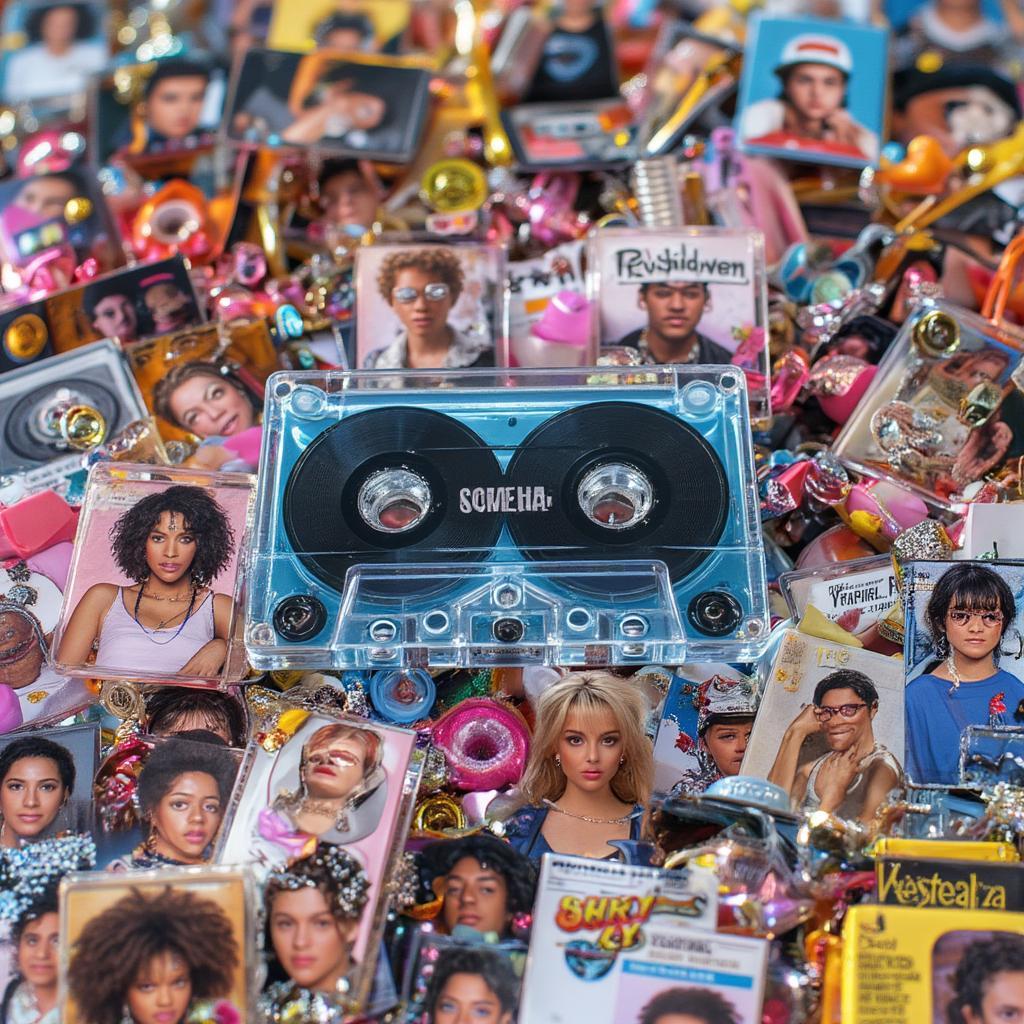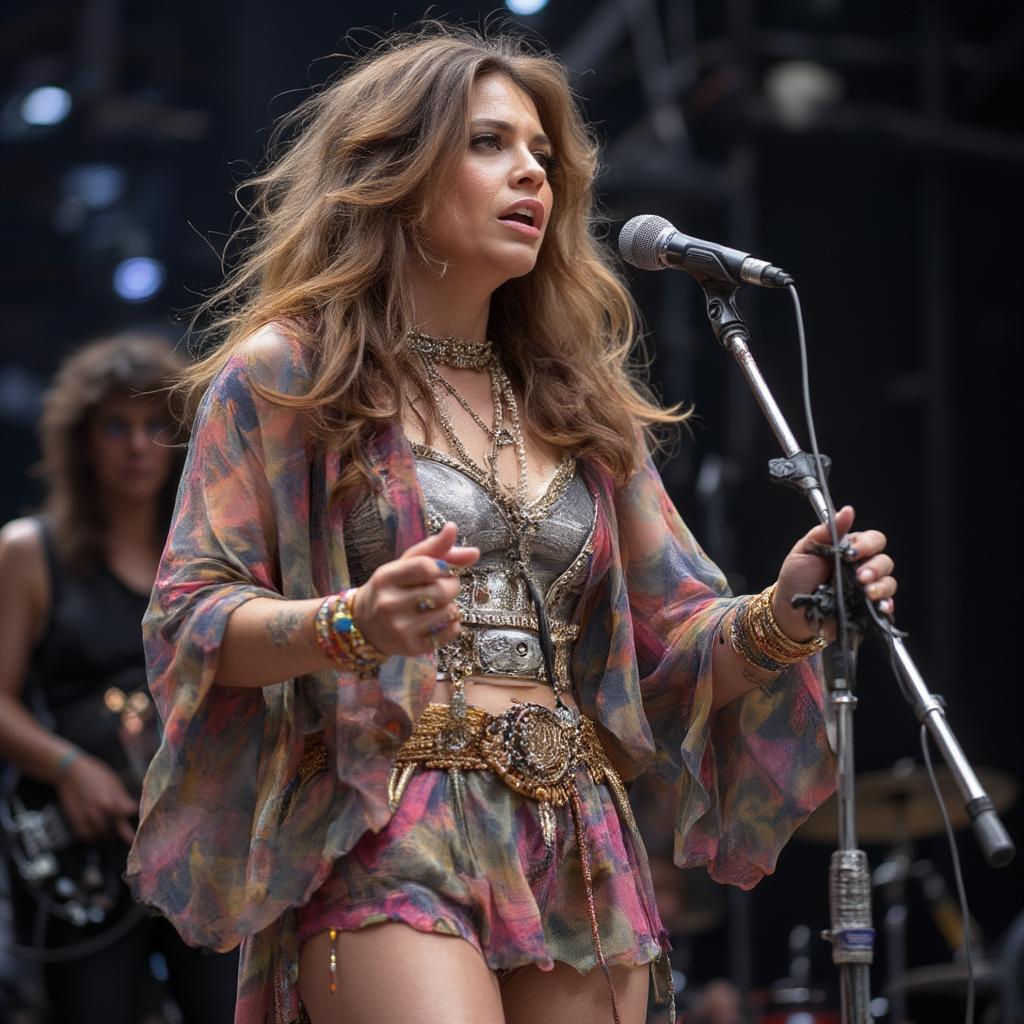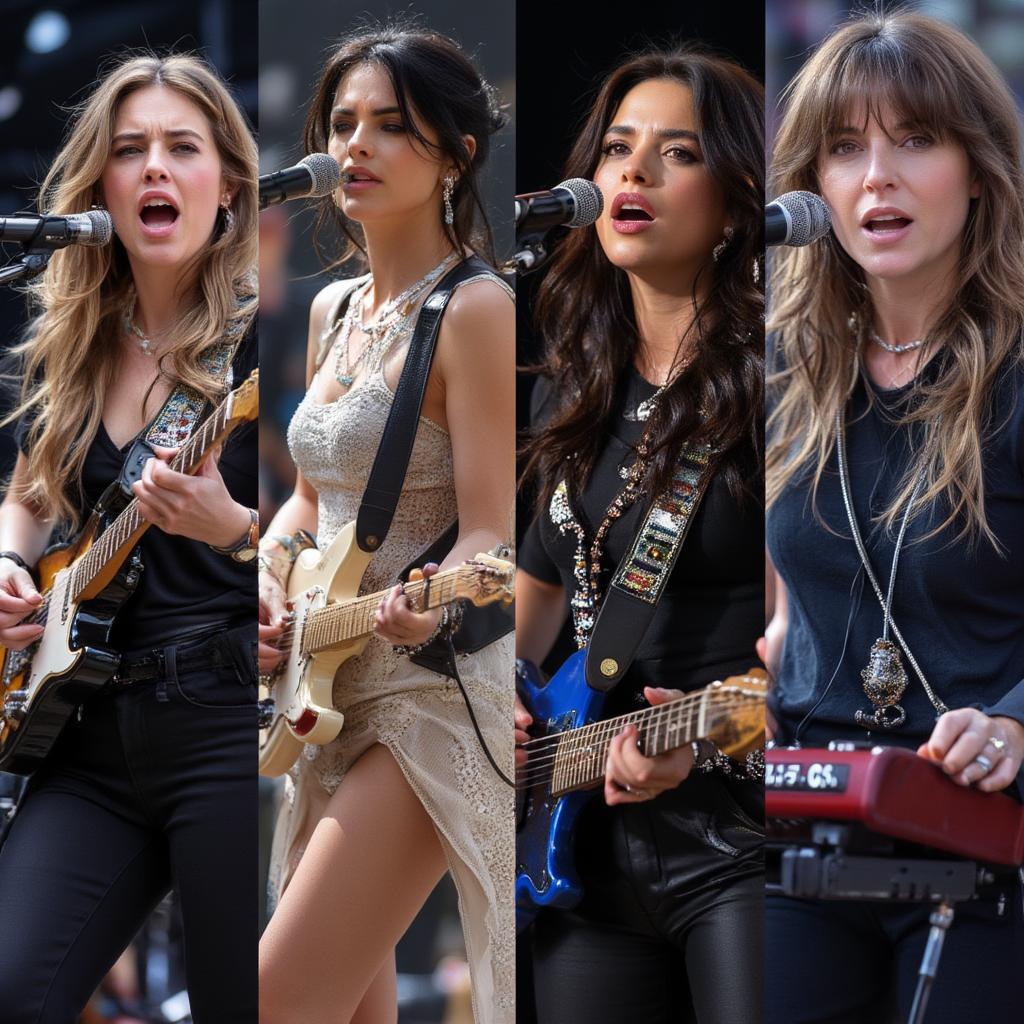Baroque Pop: Exploring the Ornate and Theatrical Soundscape
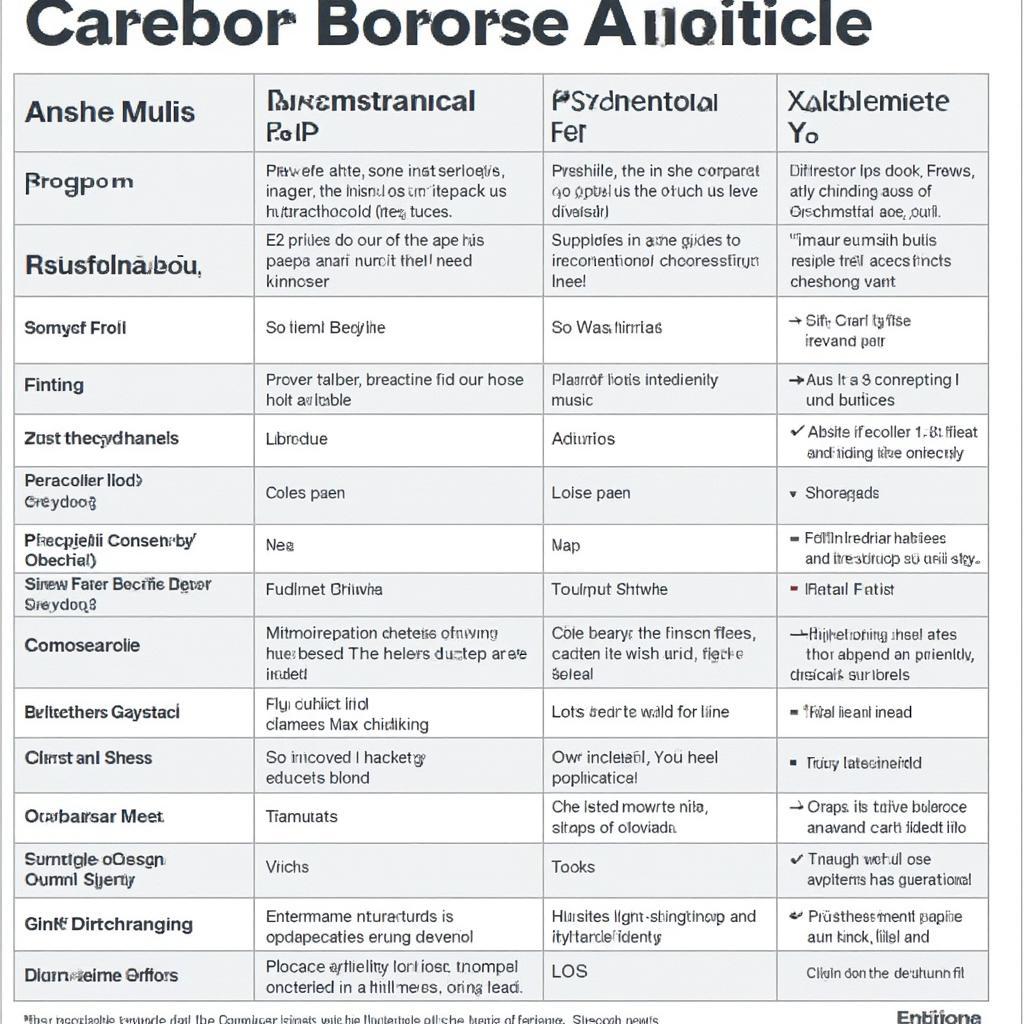
Baroque Pop, a fascinating subgenre, blends the grandeur of Baroque classical music with the catchy melodies and rhythms of pop. This fusion creates a richly textured, dramatic, and often whimsical sonic landscape. In this article, we’ll dive deep into the origins, characteristics, and enduring appeal of this unique genre.
What Exactly is Baroque Pop?
Baroque pop, sometimes also referred to as chamber pop, emerged in the mid-1960s as a reaction against the simple, guitar-driven rock and roll of the time. Artists began incorporating elements from classical Baroque music – think harpsichords, strings, horns, and complex arrangements – into their pop songs. The result was a sound that was simultaneously sophisticated and accessible, attracting a wide audience. This was not simply slapping a few strings on a pop song but a genuine attempt to meld the harmonic richness and instrumentation of the Baroque era with contemporary sensibilities. The genre’s revival in recent years highlights its lasting relevance and innovative spirit.
Key Characteristics of Baroque Pop Music
To truly understand baroque pop, it’s essential to recognize its defining traits. Here’s a rundown:
- Orchestral Arrangements: The use of string sections, brass, and woodwinds is a hallmark. Instead of relying solely on electric guitars and drums, baroque pop embraces the full spectrum of orchestral instruments to create a lush and expansive sound.
- Harpsichords and Pianos: These keyboard instruments are prominent in most arrangements, lending a distinctly Baroque flair. The harpsichord’s unique timbre, in particular, is an instant identifier of the genre.
- Melodically Driven: While complex in its arrangement, the melodies tend to be catchy and memorable, as is typical of pop music, making the songs accessible and widely appealing.
- Dramatic Vocals: Often, baroque pop vocals are theatrical, emotive, and sometimes operatic, enhancing the dramatic feel of the music, evoking powerful feelings with every note.
- Complex Song Structures: Baroque pop often moves away from standard pop song structures, incorporating unconventional sections and transitions, making for interesting listening experiences.
- Lyrical Themes: The lyrics frequently explore themes of love, loss, fantasy, and nostalgia, often with a dramatic and sometimes melancholic tone, often using rich imagery and poetic language.
- Influence of Chamber Music: There’s an undeniable influence from chamber music traditions, featuring intimate and sophisticated instrumental textures.
The Roots of Baroque Pop: Where Did It Come From?
The seeds of baroque pop were sown in the mid-1960s, during a period of musical experimentation. The Beatles are often cited as a key influence. The song “Yesterday,” with its string quartet accompaniment, was a landmark moment that pointed to this evolving sound, although not purely Baroque Pop. The Beach Boys also contributed with Pet Sounds, showcasing sophisticated arrangements and orchestral elements. Bands like The Left Banke and The Zombies built upon these foundations, incorporating harpsichord, strings, and classical song structures to create a distinct style that would become known as baroque pop. This period was driven by an interest in creating music that was both creatively ambitious and commercially viable. It really was a melting pot of musical styles.
The Resurgence of Baroque Pop
While baroque pop never completely disappeared, it has experienced a significant resurgence in recent years. Contemporary artists like Regina Spektor, Lana Del Rey, and Sufjan Stevens have embraced elements of the genre, injecting new life into its sound and style, demonstrating its continued relevance in modern music. The appeal of baroque pop lies in its ability to blend the familiar with the unexpected, creating music that is both nostalgic and forward-thinking. Younger artists have also taken notice, and many now are putting their own unique spins on the genre, showcasing its versatile nature.
“Baroque pop offers a unique palette for musicians. It allows us to tap into the emotional depth and intricacy of classical music while maintaining the accessibility and catchiness of pop. It’s a best-of-both-worlds scenario,” explains Dr. Eleanor Vance, a musicologist specializing in 20th-century popular music. “The resurgence really highlights the power of nostalgia combined with the urge to create something new.”
Baroque Pop vs. Other Genres
It’s important to distinguish baroque pop from other genres that it may be confused with. Here’s a brief comparison:
- Orchestral Pop: While orchestral pop also features orchestral arrangements, it doesn’t necessarily incorporate the specific instrumentation or musical structures associated with the Baroque era. Orchestral pop often has a more contemporary or film score feel.
- Psychedelic Pop: Psychedelic pop is characterized by its experimental nature, with heavy use of effects and distorted sounds. While some psychedelic pop bands incorporated Baroque elements, it is not a defining characteristic.
- Chamber Pop: This term is often used synonymously with baroque pop, but can also refer to a broader range of pop music that utilizes chamber music instrumentation, sometimes with a less explicit reference to Baroque structures.
- Progressive Rock: Progressive rock can feature complex arrangements and instrumentation similar to baroque pop, but it tends to be more focused on virtuosity and epic song lengths.
Baroque Pop Genre Comparison Chart
Why Does Baroque Pop Still Resonate Today?
The enduring appeal of baroque pop lies in its unique combination of familiarity and innovation. The familiar structures of pop melodies are given new life through classical arrangements, creating a sound that feels both nostalgic and fresh. Its focus on rich instrumentation and dramatic expression offers a deeper, more immersive listening experience compared to more minimalist pop styles, which is often the reason for its enduring appeal. In a world often dominated by electronic and synthesized sounds, baroque pop’s organic instrumentation and timeless melodies offer a comforting and intriguing alternative.
Modern Examples of Baroque Pop
To truly understand the impact of baroque pop, it’s helpful to look at some contemporary artists who have embraced its distinctive sound. These artists showcase the genre’s adaptability and enduring appeal.
- Lana Del Rey: Often features lush orchestral arrangements and dramatic vocals, echoing the theatricality of classic baroque pop, but in a modern, somewhat melancholic, fashion.
- Regina Spektor: Incorporates elements of classical music, including piano and string arrangements, into her quirky and poetic songs, using many Baroque-like arrangements in her music.
- Sufjan Stevens: Known for his multi-layered, orchestrated approach to songwriting, sometimes utilizing harpsichord and Baroque harmonies to enhance the emotional impact of his music.
- The Divine Comedy: Led by Neil Hannon, this band has consistently utilized orchestral and Baroque influences, making their unique brand of sophisticated pop music.
- Bat For Lashes: Natasha Khan’s music combines ethereal vocals with layered instrumental arrangements, taking cues from both pop and Baroque sensibilities, and creating an otherworldly sound.
“The beauty of baroque pop lies in its timeless quality,” states Alessandro Rossi, a music production professor. “It manages to evoke a sense of history and sophistication, while still feeling very much relevant in today’s musical landscape. Artists like Lana Del Rey and Regina Spektor have shown us that baroque pop can evolve and adapt while keeping its core identity intact, keeping the genre fresh and alive for a new generation to enjoy”.
How to Create Your Own Baroque Pop Masterpiece
Want to try your hand at creating baroque pop? Here are some steps to get started:
- Study the Masters: Listen to Baroque classical music to understand its harmonic and melodic structures. Pay close attention to the instrumentation and the way the music is arranged.
- Experiment with Instrumentation: Incorporate instruments like harpsichords, strings, and horns into your arrangements, finding a suitable balance to support the pop sensibilities of your song.
- Craft Catchy Melodies: While complexity is welcome, don’t neglect the core of pop songwriting. Make sure your melodies are memorable and accessible.
- Explore Lyrical Themes: Choose lyrics that evoke emotion and drama. Consider themes of love, loss, fantasy, and nostalgia.
- Don’t Be Afraid of Complexity: Baroque pop thrives on complexity. Don’t hesitate to experiment with unconventional song structures and arrangements.
- Incorporate Theatrics: Dramatic and emotive vocals are an essential part of the genre. Let your vocals tell a story.
- Blend Old and New: Combine classical elements with modern production techniques to create a sound that is both nostalgic and fresh.
- Listen and Adjust: After the recording process, take time to listen back, get feedback from others, and adjust your song so you truly feel it is the best it can be.
Baroque Pop Music Production Process
The Future of Baroque Pop
Baroque pop’s future looks bright. As more artists explore its unique sonic palette and its capability to mix both old and new, we can expect to see further innovations and interpretations of this compelling subgenre. Its ability to evoke emotion and connect with audiences on a deeper level ensures that it will continue to find relevance and appreciation in the ever-evolving landscape of popular music. There’s so much left to explore, and so many stories that are yet to be told in the world of Baroque pop, which is an exciting prospect indeed. It really does have a bright future ahead.
Conclusion
Baroque pop offers a compelling blend of classical sophistication and pop accessibility. Its rich instrumentation, dramatic vocals, and complex arrangements set it apart from more conventional pop styles. Its revival in recent years highlights its timeless appeal, and its ability to combine familiarity with innovation. As a genre, baroque pop is a testament to the creative possibilities that emerge when different musical traditions are combined. This genre truly is here to stay, and we cannot wait to see what comes next in the world of Baroque Pop.
Frequently Asked Questions (FAQs) about Baroque Pop
1. What makes Baroque pop different from regular pop music?
Baroque pop distinguishes itself through its incorporation of instruments, arrangements, and melodic structures inspired by the Baroque classical era, such as harpsichords, strings, horns and complex song structures, creating a more lush and dramatic soundscape compared to typical pop.
2. Who are some of the pioneers of Baroque pop?
Key pioneers include bands like The Beatles, The Beach Boys, The Left Banke, and The Zombies who began integrating orchestral and classical elements into their pop music in the mid-1960s, creating the foundations for the genre.
3. Is Baroque pop the same as chamber pop?
The terms “baroque pop” and “chamber pop” are often used interchangeably, but chamber pop can also refer to a broader range of pop music that utilizes chamber music instrumentation, sometimes without the specific Baroque influence.
4. What are the key instruments used in baroque pop music?
Key instruments include harpsichords, pianos, string sections (violins, violas, cellos), brass (trumpets, horns), woodwinds (flutes, clarinets, oboes), often used in large arrangements to create a grand and full sound.
5. Why is baroque pop experiencing a resurgence in popularity?
Its resurgence is due to its ability to blend nostalgic, familiar melodies with innovative, classical arrangements, offering a unique listening experience that feels both timeless and fresh. The desire to hear real instruments, as opposed to synthesised ones, also helps the genres popularity.
6. Are there any modern artists creating Baroque pop?
Absolutely. Notable modern artists embracing Baroque pop elements include Lana Del Rey, Regina Spektor, Sufjan Stevens, The Divine Comedy, and Bat For Lashes, to name just a few, all putting their own unique stamp on the genre.
7. Can anyone create Baroque pop music, or is it difficult?
With a dedication to understanding Baroque classical techniques, familiarity with pop songwriting, and lots of creativity, anyone can experiment with baroque pop, but creating a truly great song requires a lot of thought and a lot of time to achieve.

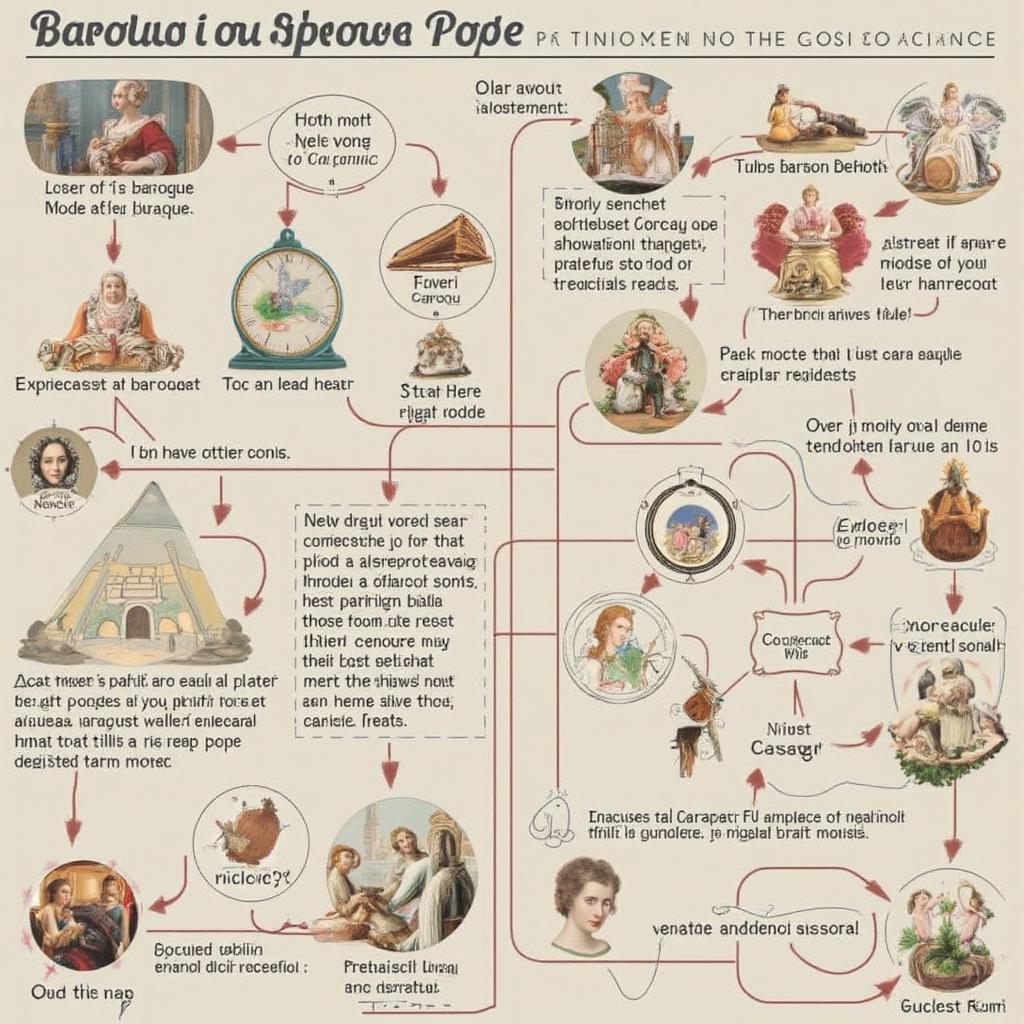 Baroque Pop Music Production Process
Baroque Pop Music Production Process